Cryptocurrency has been a hot topic of conversation recently, thanks to Dogecoin, a widespread desire to get-rich-quick and a series of tweets from Elon Musk. It’s scary how much influence that man’s Twitter account has on crypto’s value! But what exactly is cryptocurrency and how does it work? Is it a worthwhile investment or should you leave it alone?
Let us explain.
What is crypto?
Cryptocurrency is basically digital money. Unlike coins and banknotes which you can hold in your hand and use to tip your server in a restaurant, crypto usually consists of numbers on a screen. Cryptocurrency is recorded in a digital ledger on a widespread database called the blockchain. We’ll explain this in more detail later.
Although crypto is technically a currency, it’s widely seen as an investment. Many people who buy it are doing so because they believe it’ll be worth more in future. A cryptocurrency’s value is dictated largely by how popular people believe it’ll be, though there are no guarantees and it carries quite a lot of risk.
How did cryptocurrency start?
Bitcoin was the first cryptocurrency ever created and is arguably the most well known. Created in 2008, it was initially described as a “peer-to-peer version” of electronic money. Its founder goes by the pseudonym Satoshi Nakamoto, though it’s not completely clear whether this is an individual or a group of people.
In 2011, new cryptocurrencies began to emerge as an alternative to Bitcoin. Many of these currencies were created by Bitcoin enthusiasts who’d noticed flaws in Satoshi Nakamoto’s creation and believed they had better ways of doing things.
It’s thought that there are now between 5,000 and 7,000 cryptocurrencies, though this doesn’t mean they’re all successful or popular. Aside from Bitcoin, some of the most popular cryptocurrencies include Ethereum, Litecoin and Ripple XRP.
How does blockchain technology work?
Cryptocurrencies rely on a technology called blockchain - and this is where things get even more complicated. Blockchain is essentially a network of computers. This network is decentralised, which means no single entity or corporation is in charge of it. Instead, every computer within the network confirms the transactions being made.
Here’s a step-by-step breakdown of how a transaction typically works:
- Person A wants to send money to Person B
- The transaction is represented as one block
- The block is broadcast on the network
- All computers on the network must approve the transaction for it to be added
- If approved, the block will be added to the chain
- Person B will receive the money from Person A
While Blockchain is most well known for being the technology behind Bitcoin, it has a number of potential uses. In future, all electronic data may be stored in this way and all payments may be made through it. One day it might become the norm for marriage certificates, property records and credit reports to all be stored on the blockchain.
How to buy cryptocurrencies
You can buy cryptocurrencies online, though they’re not available through banks or traditional investment accounts. Instead, you’ll need to access a cryptocurrency exchange platform such as Coinbase, Binance, or Kraken. There are plenty of others to choose from so it’s worth doing some research before making a decision.
Is cryptocurrency a good investment?
It’s difficult to predict whether cryptocurrency is a good investment because it’s so new and extremely speculative.
If you’d like to buy some Bitcoin, Ethereum or another type of crypto, avoid pouring all of your money into it. By diversifying your investments and ensuring cryptocurrencies make up only a small percentage of your portfolio, you can hopefully make some profits without taking on too much risk.
If you don’t have a solid emergency fund, it’s wise to hold off investing until you’re more financially secure. Avoid investing any money you can’t afford to lose or any funds you need in the next few years. The last thing you want is to drop your house deposit or holiday fund on Bitcoin only for its value to plummet when you need the money back.




Leave a comment
This site is protected by hCaptcha and the hCaptcha Privacy Policy and Terms of Service apply.